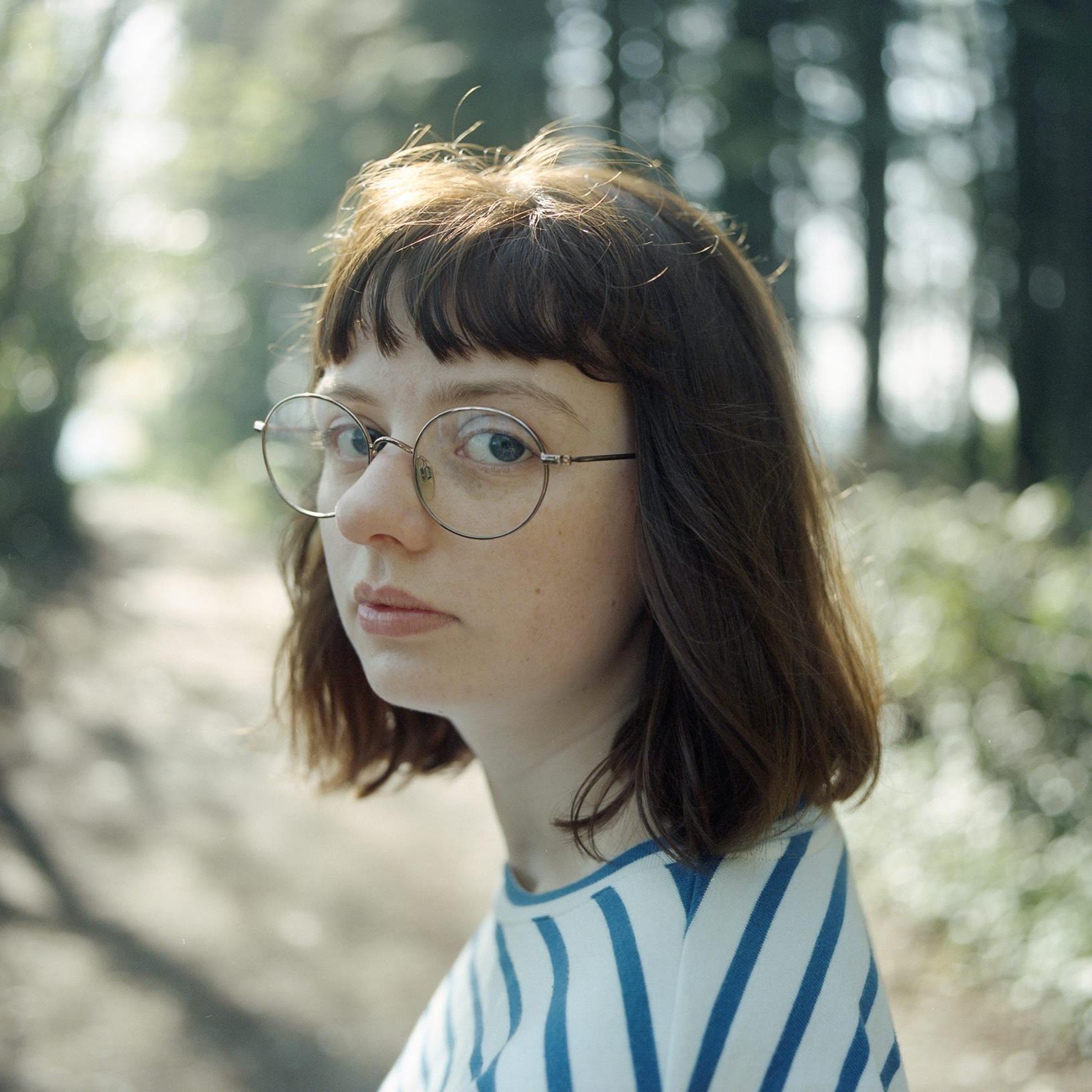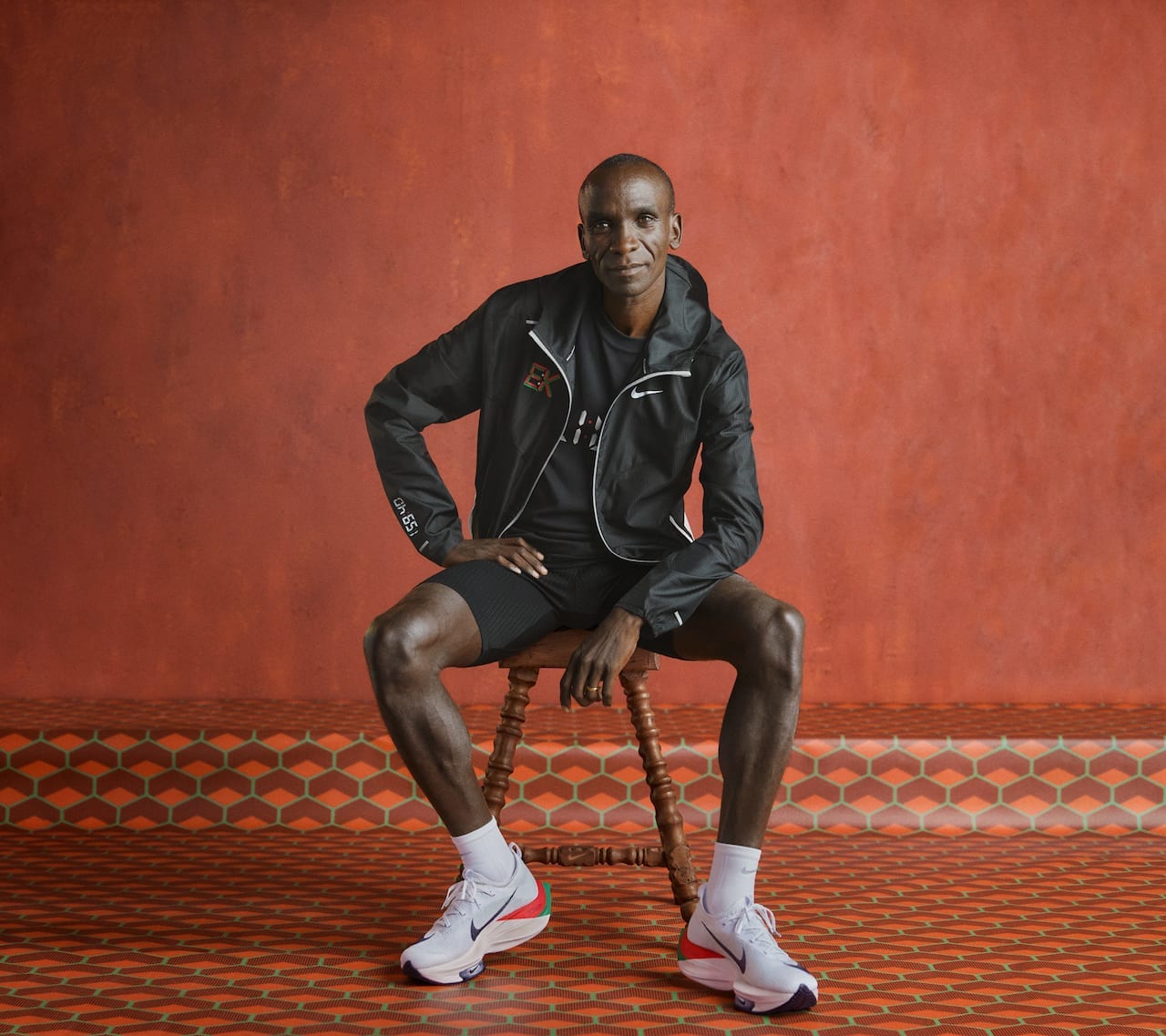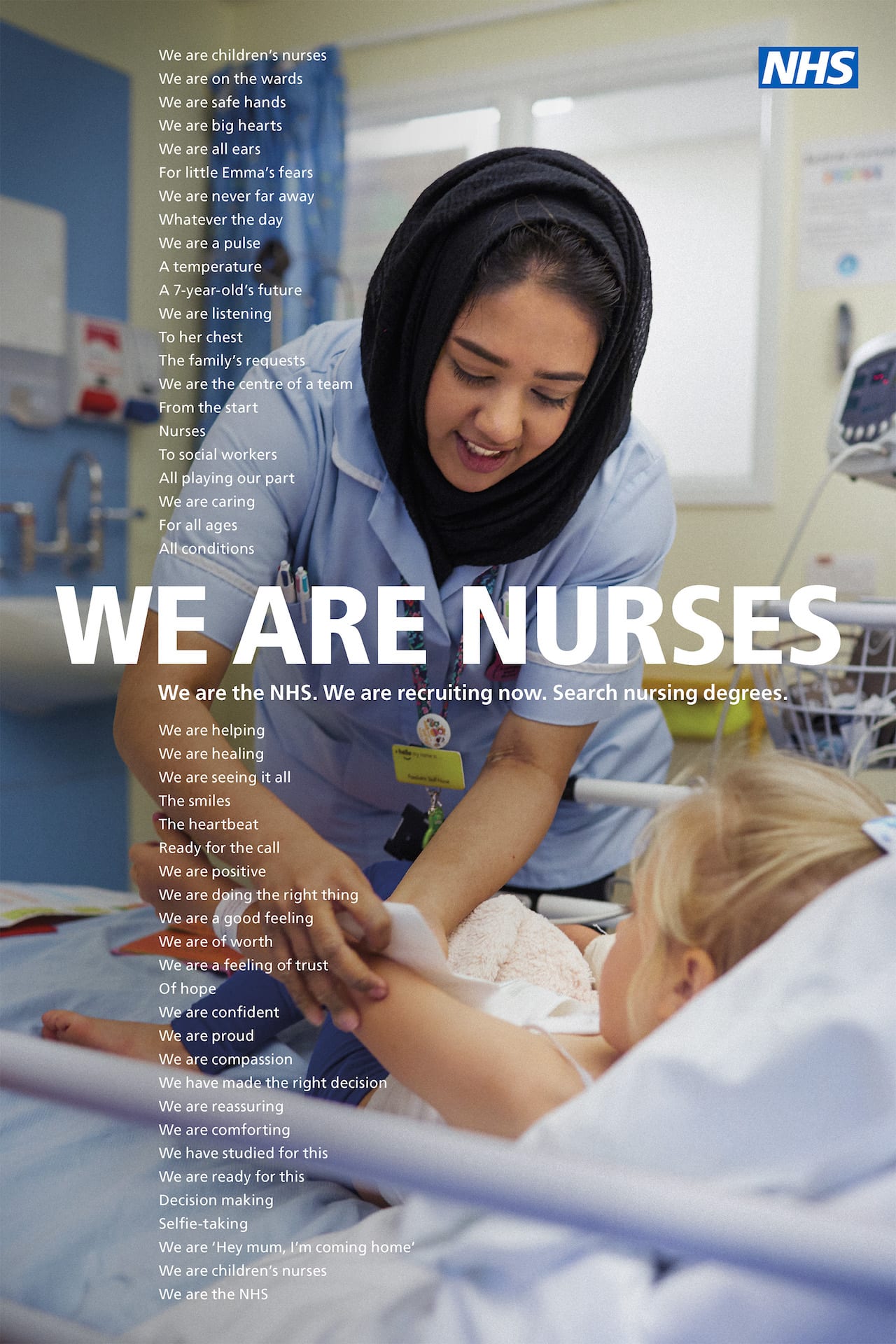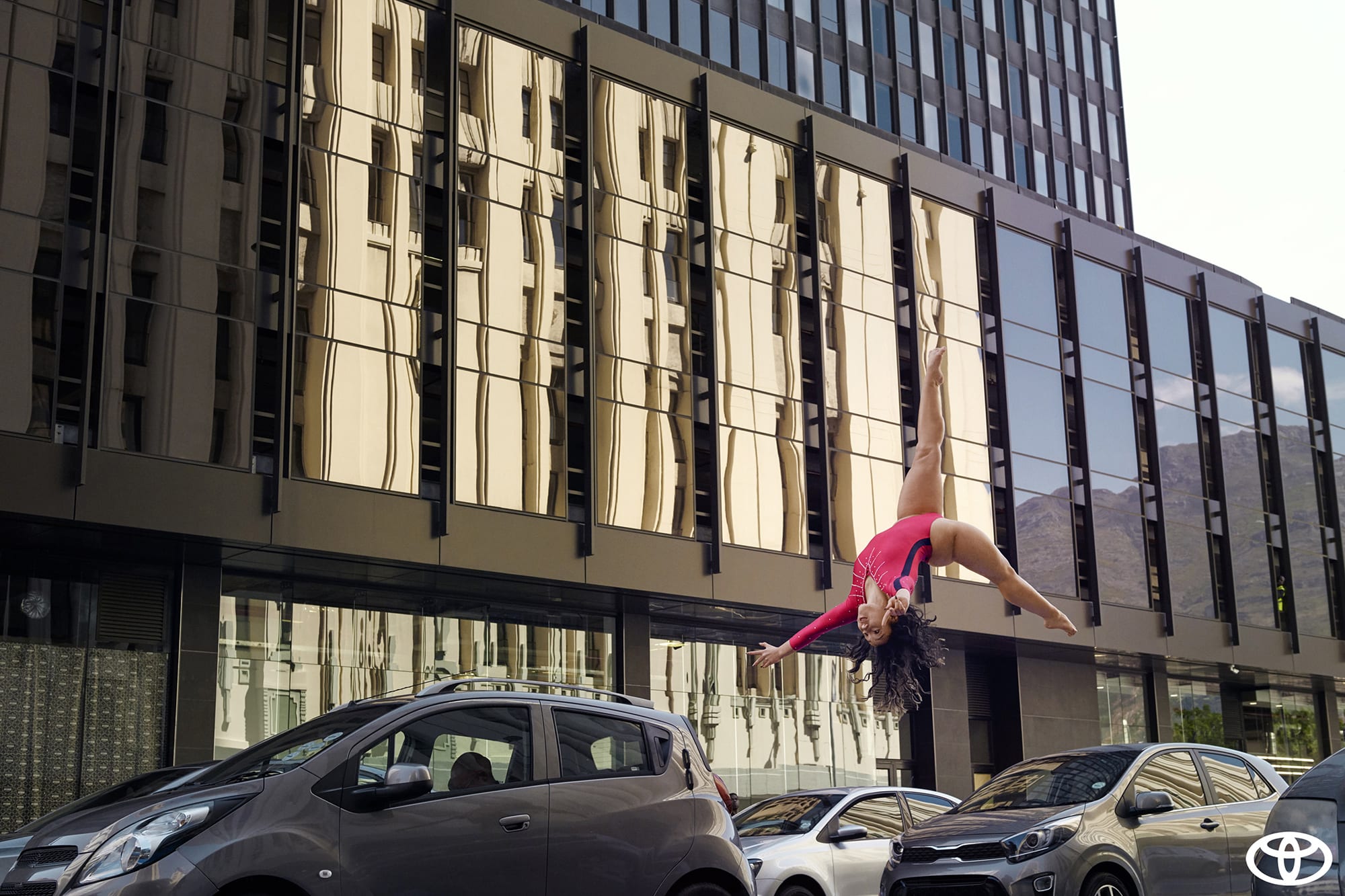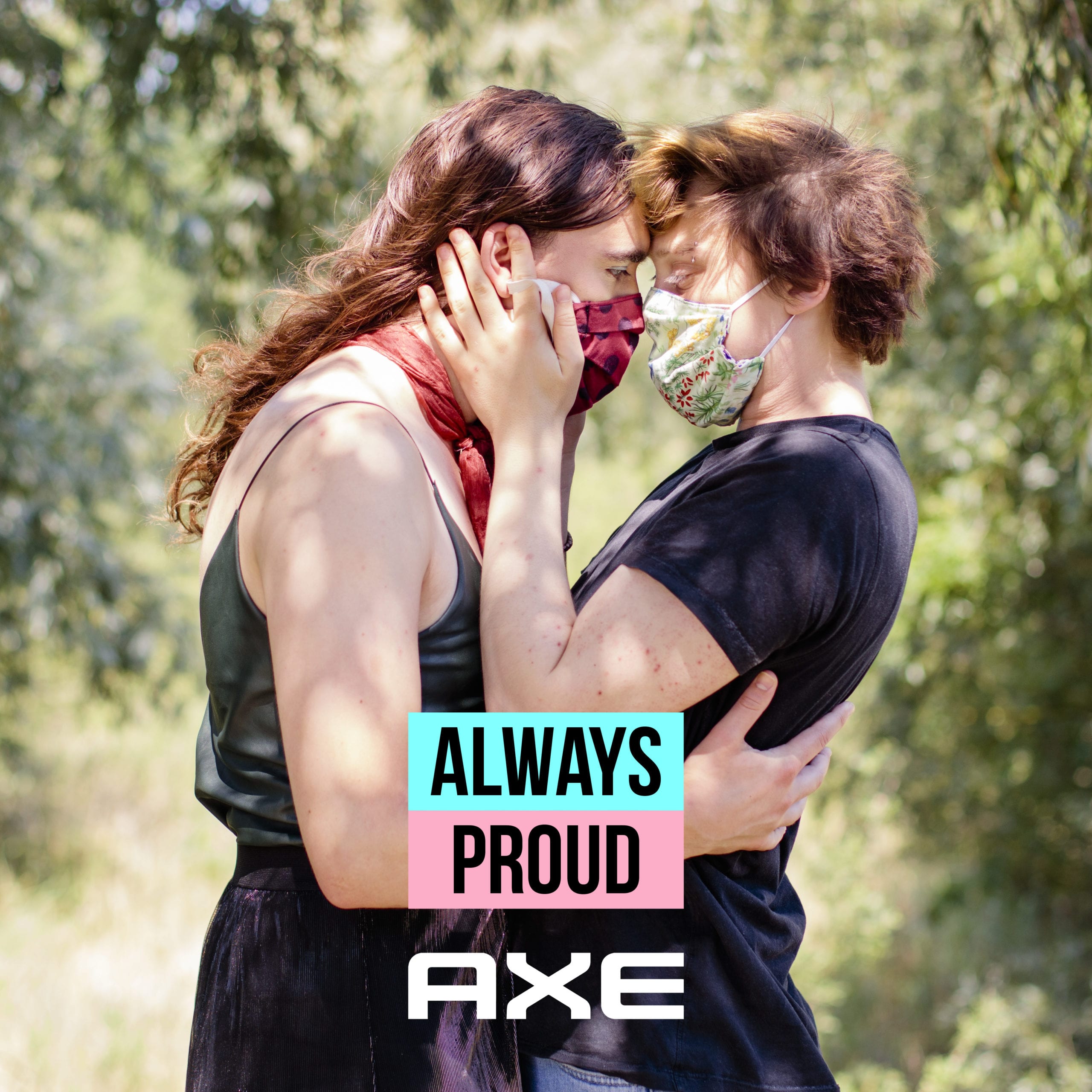In collaboration with Direct Digital – the leading international photographic equipment rental service – 1854 Media and British Journal of Photography presents Industry Insights, a series delving into the ins and outs of working in the photography industry.
From getting signed, to building networks and negotiating budgets, Ellie Burd (photo agent at Wyatt-Clarke & Jones) gives an in-depth insight into commercial representation
Photography is a broad church. You could be a wedding photographer, a fashion photographer, a fine art photographer, a photojournalist; the list goes on. One of the most lucrative ways to make a living from making images is to become a commercial photographer. But what’s the best way to go about it? And what does it actually entail? Ellie Burd is a photo agent at Wyatt-Clarke & Jones (WC&J), a leading commercial agency based in London. Here, she gives an in-depth insight into the ins-and-outs of commercial representation.
Your first question might be: why have an agent at all, rather than going it alone? Perhaps you also have a committed fine art practice, and it’s getting hard to juggle the amount of admin that comes along with commercial work. “That’s where an agent comes in: to take that workload off,” says Burd. “There are times where you’ll have to get involved, and you’ll have to write treatments, and come to meetings, but we are there for the rest of the time. We are the middle person who’s there fighting your corner.” A commercial agent acts as the point of contact for work enquiries, finalising budgets, troubleshooting, and organising production – all the paperwork and admin that takes valuable time away from actually being out shooting.
Freelancers will be familiar with the amount of hustle required just to stay in prospective clients’ minds: sending out work, networking, being in near-constant contact with as many of your industry relationships as possible. A commercial agent will take on the bulk of that work, keeping clients and connections abreast of your new work and your availability. “There’s so many photographers, and if you’re not constantly throwing your work at [people], they’re going to forget,” says Burd. “By having a commercial agent you don’t need to worry about contacting people 24/7, because we’re doing that for you. That’s out of your hands.”
So what happens once you’ve actually signed with an agency? At WC&J, Burd says, the first steps are practical: getting the newly signed photographer’s work onto the website, and working on the photographer’s physical portfolio to “make sure that it’s really selling them as well as it can be”.
“After that, one of the most important things which happens next is we’ll have really long chats and meetings to talk through [the photographer’s] work so that we’re really confident being able to talk about it,” explains Burd. For a recent signing, the agency and photographer met for three half-day calls, going through their website project-by-project, image-by-image, talking through it all in detail. “It’s so that when we’re presenting their work to other people, we can really talk about every aspect of it,” says Burd.
The next stage is about beginning to make connections. “That’s a big thing at the start: just getting people aware that we’ve signed [the photographer] and that they’re there to be used,” says Burd. The agents at WC&J send out the artist’s PDFs and website links to the agency’s network, making introductions to advertising agencies and clients that would suit a photographer’s work; in non-pandemic times, agents will be out at portfolio shows, putting their roster’s work in front of the right eyes. “There’s a very strong network of people that know us for our strong documentary links, and come to us for that kind of work,” says Burd. Relationships are formed and meetings organised early on.
All agencies have different voices and priorities, but at WC&J the emphasis is on personal projects. Portfolios are led by personal work, with ad jobs coming towards the end of a photographer’s book. “The thing that we believe in the most is that photographers’ personal work translates into jobs,” says Burd. “We put a massive amount of time and effort into making sure their personal work is visible, and shown everywhere.”
“Often the best jobs are the ones that you’d never imagined that photographer shooting,” she continues. Recently, for example, Emily Stein – usually known for her striking portraiture work – was commissioned to photograph a plant book for Bloomsbury Publishing. “[The client] just fell in love with the worlds she creates,” says Burd. “We really try not to put the photographers in a box. The strategy, in some ways, is not making it too linear, and just keeping it really open and connecting with everybody, and looking in the avenues that you might not expect… The unknown stuff, and the unexpected things that happen, are probably the most interesting.”
The timeline of a commercial job often works as follows: an advertising agency approaches the photo agency with a creative brief, and the photo agency puts forward PDFs of relevant work from two or three photographers that fit the bill. The ad agency might be in conversation with other photo agencies at the same time; photographers are put up for more jobs than they end up getting, as there is a lengthy decision process during which the ad agency and client or brand are in conversation about the best fit for the job.
As the process continues, favourites will be asked to put together a treatment. “A treatment is a document which is basically just selling yourself,” explains Burd, “and persuading the agency or the brand why they should choose you over the other people they’re probably looking at. It’s a combination of text and images, and it can be images that are your own – you might shoot a test series to really show what you think you could do as a campaign – and you can also use images off the internet, doing a moodboard of suggestions that you’d be thinking about”.
“It discusses your approach to the campaign and why you’d be perfect for it,” she continues. “You might talk about the brand identity, and why you align with it; you also cover technical things such as camera, retouching, location, lighting, styling, casting… It’s all put together in a big document, and then gets sent over to the agency or the brand so they can see how you’d approach this job.”
The treatment aims to clinch the deal. Once the job is confirmed, there may be a pre-production meeting (PPM) during which everyone involved in the shoot will go through the plan in granular detail, making sure that everything is discussed, planned, and finalised in advance, so that all runs smoothly on the day, and time and resources aren’t wasted having to make decisions.
These meetings are especially important when you consider the scale of these kinds of commercial productions, which are frequently enormous – particularly in comparison with editorial work, if that’s where you’ve started off as a photographer. “The budgets can be absolutely humongous,” says Burd. “I don’t think I was aware of how big the budgets could be in the commercial world before I started this job, and that was definitely a massive learning curve in the first few months [at WC&J]: just how much money is involved in jobs like this.”
Often the negotiation around budget – tweaking estimates, making compromises, and fitting resources into the client’s ballpark figure – is one of the lengthiest phases of putting together a commercial job. As a commercial photographer with agency representation, you can expect a percentage of your fee to go to your agency as recompense. “We take 25 percent of the photographer’s fee, which I think is industry standard,” says Burd.
At its best, life at an agency can feel like you have a structure supporting you, advocating for you, and taking some administrative pressure off you, while enabling you to make the kind of money that will allow you to pursue personal projects. And, Burd reminds us, the best commercial work can feed into your personal work, and vice versa, like the time Samuel Hicks went to South Africa to shoot a Toyota campaign, and managed to photograph local surfers and skateboarders nearby for his own work whilst out there. Or Laura Pannack’s recent commission for AXE Pride, whose aesthetic sprouted directly from her previous personal work with teenage couples.
Commercial representation gives you freedom, too: all that’s required is that photographers at WC&J keep the agency informed about their plans so that scheduling runs smoothly. Some of their photographers have young families; others live in different countries, different time zones; some want to spend a lot of time shooting editorial, while others might want to take an entire month off to go and shoot personal projects. Their commercial work supports all of the above. “People have lives, people go on holiday and they do things with their family – and that’s how it should be,” says Burd.
Find out more about Direct Digital here.

